22 British Christmas traditions and their meanings
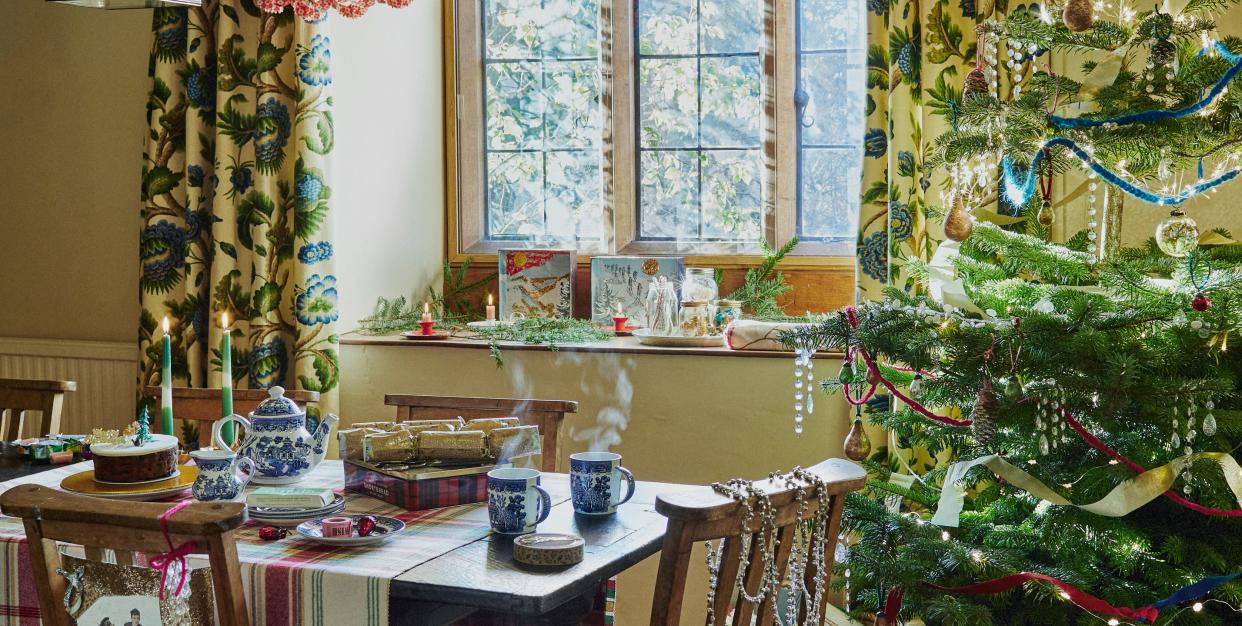
With Christmas only a few weeks away, we have a feeling you'll be getting yourself and your home ready for the big day. From shopping for gifts, to decorating the tree, there's plenty to do before December 25th. But did you know the interesting history behind some of the most famous Christmas traditions here in the UK?
Whether that be the fact that our Christmas Day turkey dinner originally gained popularity following the release of Charles Dickens’s classic festive tale, A Christmas Carol, or that Christmas crackers originated from wrapped sweets back in the 1800s, we have a feeling that quite a few of these British Christmas traditions will surprise you.
So, how many do you include in your Christmas celebrations with family and friends each year?
Keep reading to find out more about some of the most beloved Christmas traditions and how they came to be...
Christmas trees
It's thought that Prince Albert and Queen Victoria popularised the modern Christmas tree when the Prince brought over the festive tradition from his native Germany.
For most of us, it's not officially Christmas until we've put up our tree and decorated it.
READ MORE: This is when you should buy your real Christmas tree, according to the experts
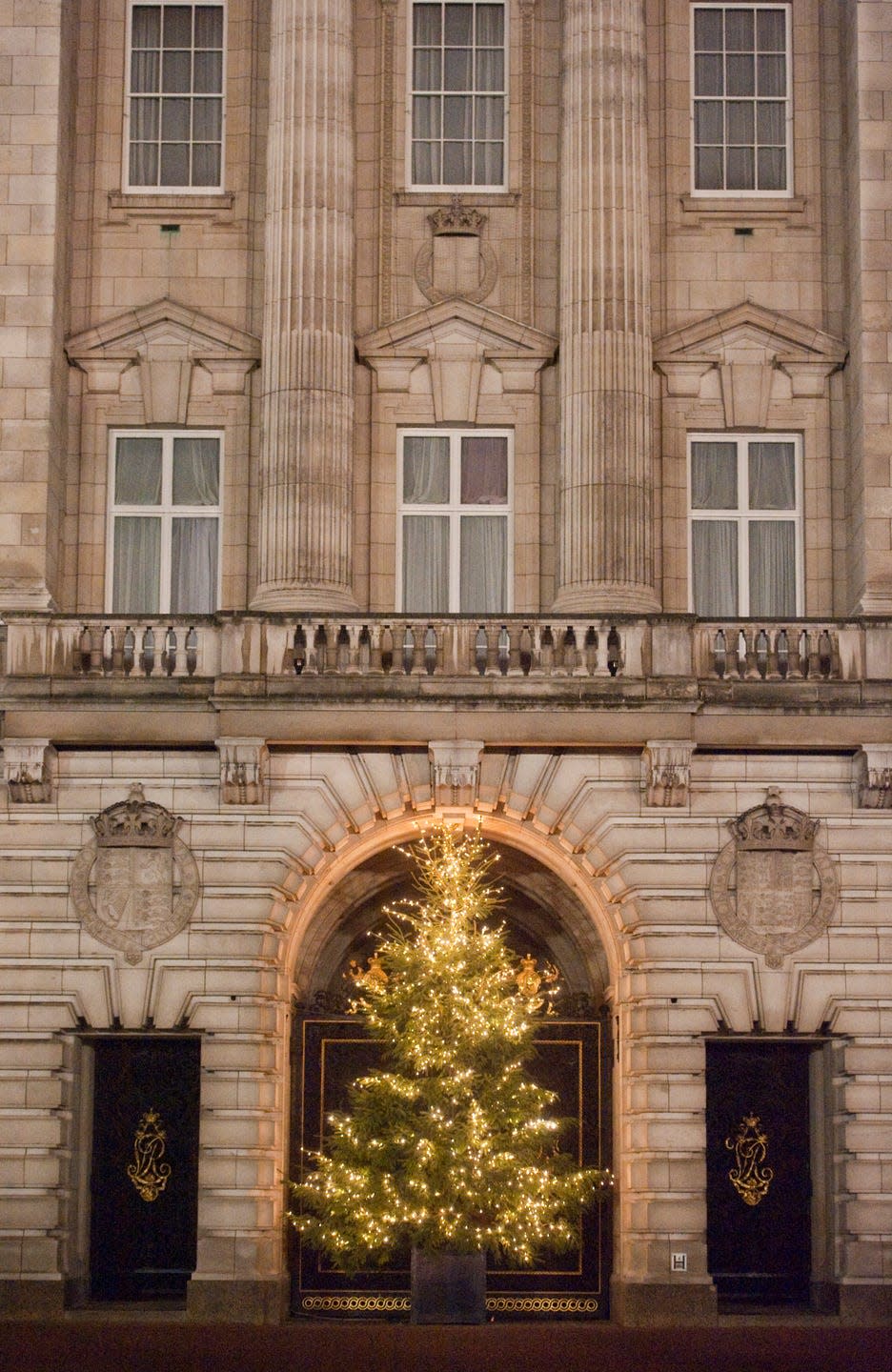
Christmas decorations
Speaking of decorations, when do you put yours up? Well, all we know is that we make sure to take ours down before the twelfth day of Christmas – or the fifth of January.
Leaving them up any longer is said to bring bad luck and who wants to start a new year off that way?
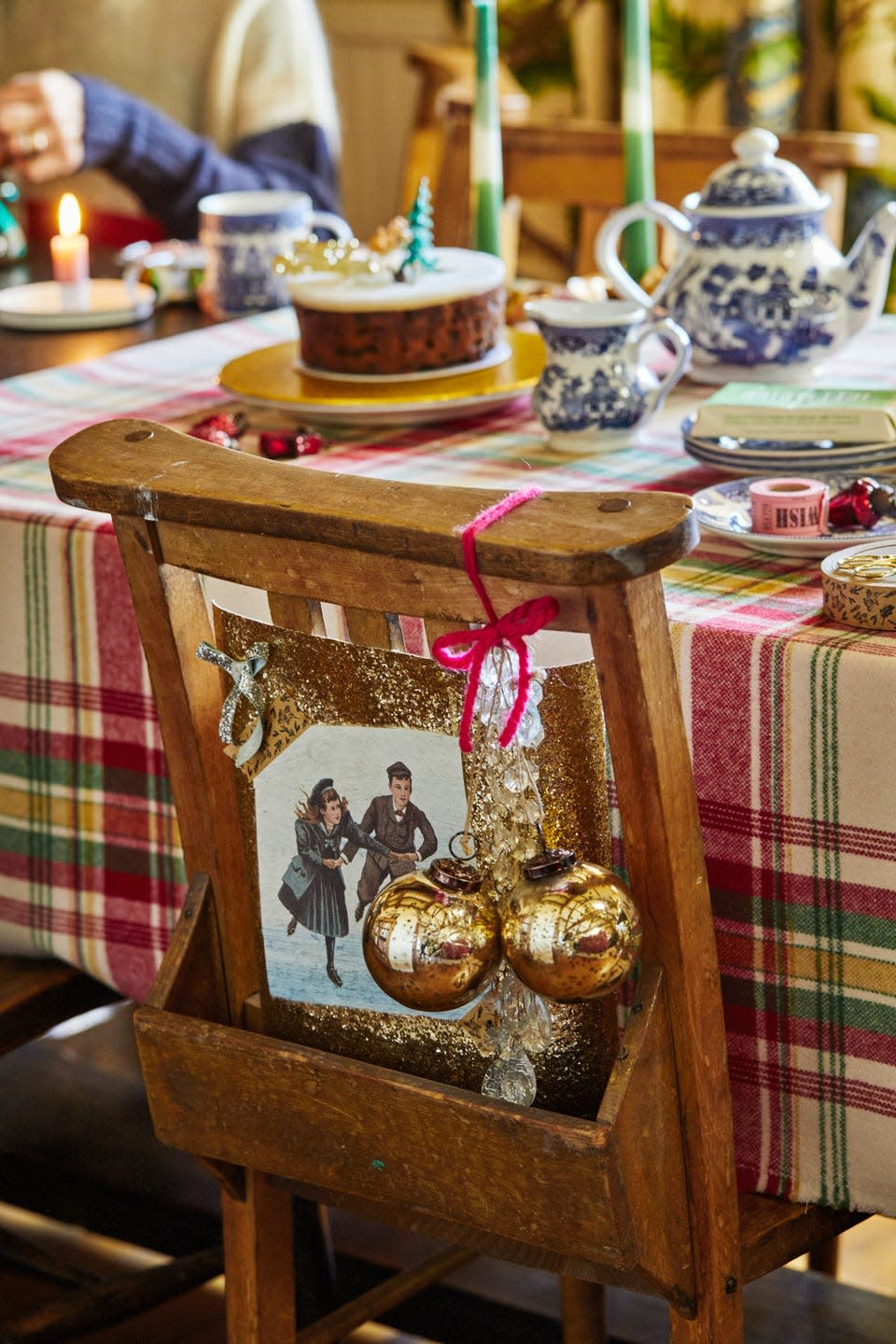
Christmas cards
The British tradition of sending Christmas cards is believed to date back all the way to 1843.
At the time Sir Henry Cole wasn't able to send out personal messages around the festive period like he usually did, so he hired an artist to design a card that he could send to lots of people. John Calcott Horsley was that artist and the tradition has continued ever since.
READ MORE: The best charity Christmas cards to help make a difference in 2024
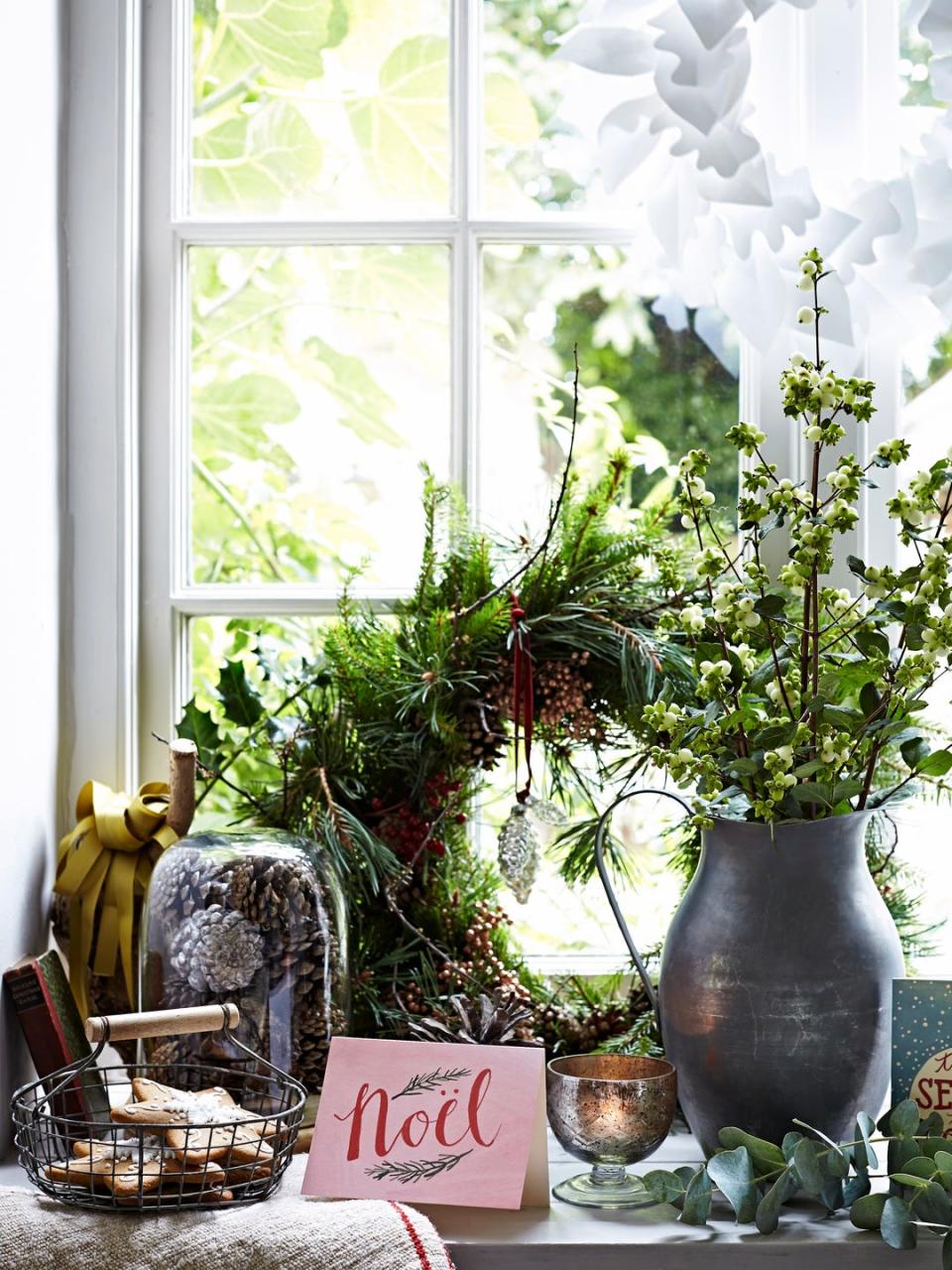
Chocolate advent calendars
Even though you can now get a wide array of advent calendars, including ones for your four-legged friends, for many of us you just can’t beat a chocolate advent calendar. And while advent calendars themselves have German origins and the very first chocolate one was produced in 1958, it was in the 1970s that Cadbury popularised the concept that Brits quickly embraced as their own.
READ MORE: 11 reusable advent calendars for a magical holiday season
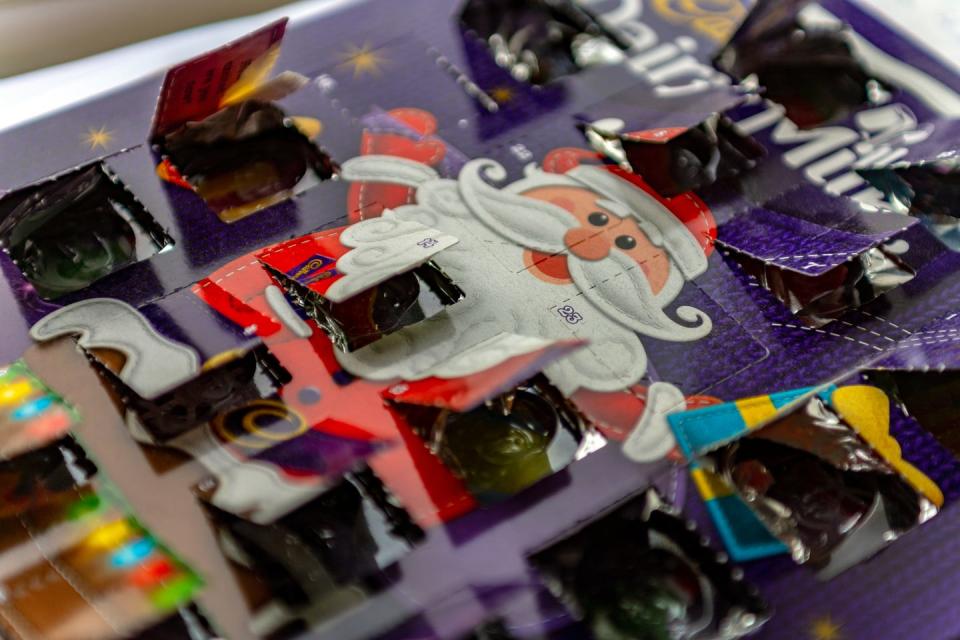
Christmas adverts
There are a couple of classic Christmas adverts that tend to mark the start of the festive season. From Coca Cola's famous red truck to John Lewis' heartwarming stories, they let us know that the holidays are here and we look forward to them each and every year.

Pantomimes
Pantomimes – also known as pantos – are loved by young and old. But did you know that they were actually modern revivals of Roman comedies?
Nowadays they typically do retellings of classic fairytales with plenty of slapstick humour, pop culture references and famous phrases.
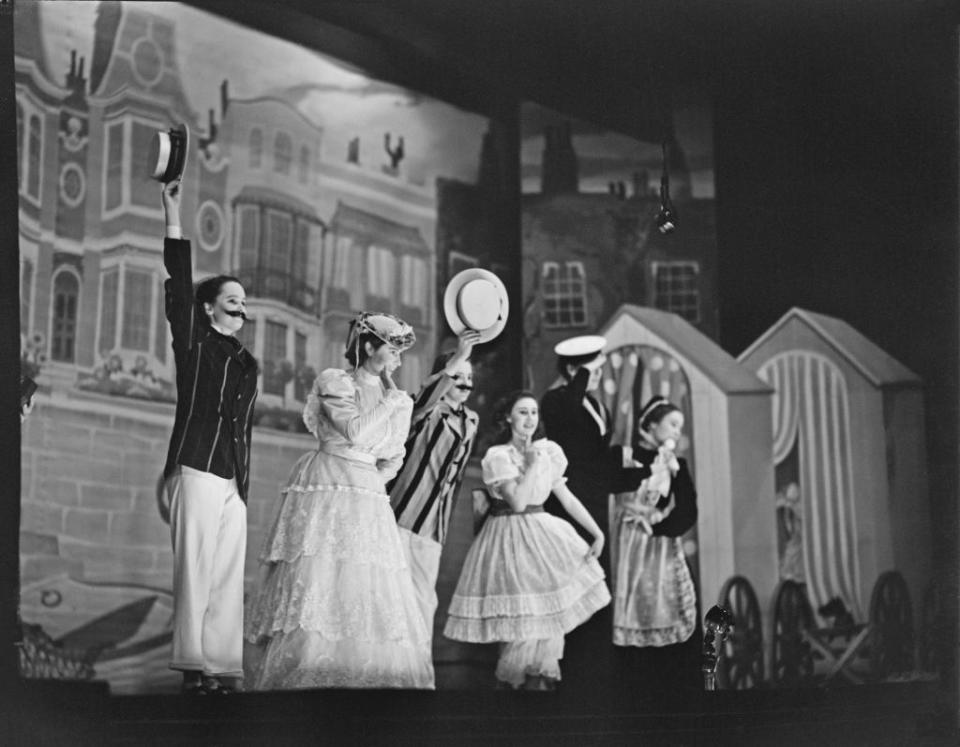
Mistletoe
Mistletoe and hanging a sprig to kiss under is thought to go back as far as the 1st century AD when Celtic Druids associated it with fertility and vivacity.
However, in its current form, it again dates back to Victorian times when servants decreed that a man could request a kiss from a woman if she was standing under some mistletoe – and to refuse him was bad luck. For each kiss that was given, a berry would be removed until they were all gone and no more kisses could be given.
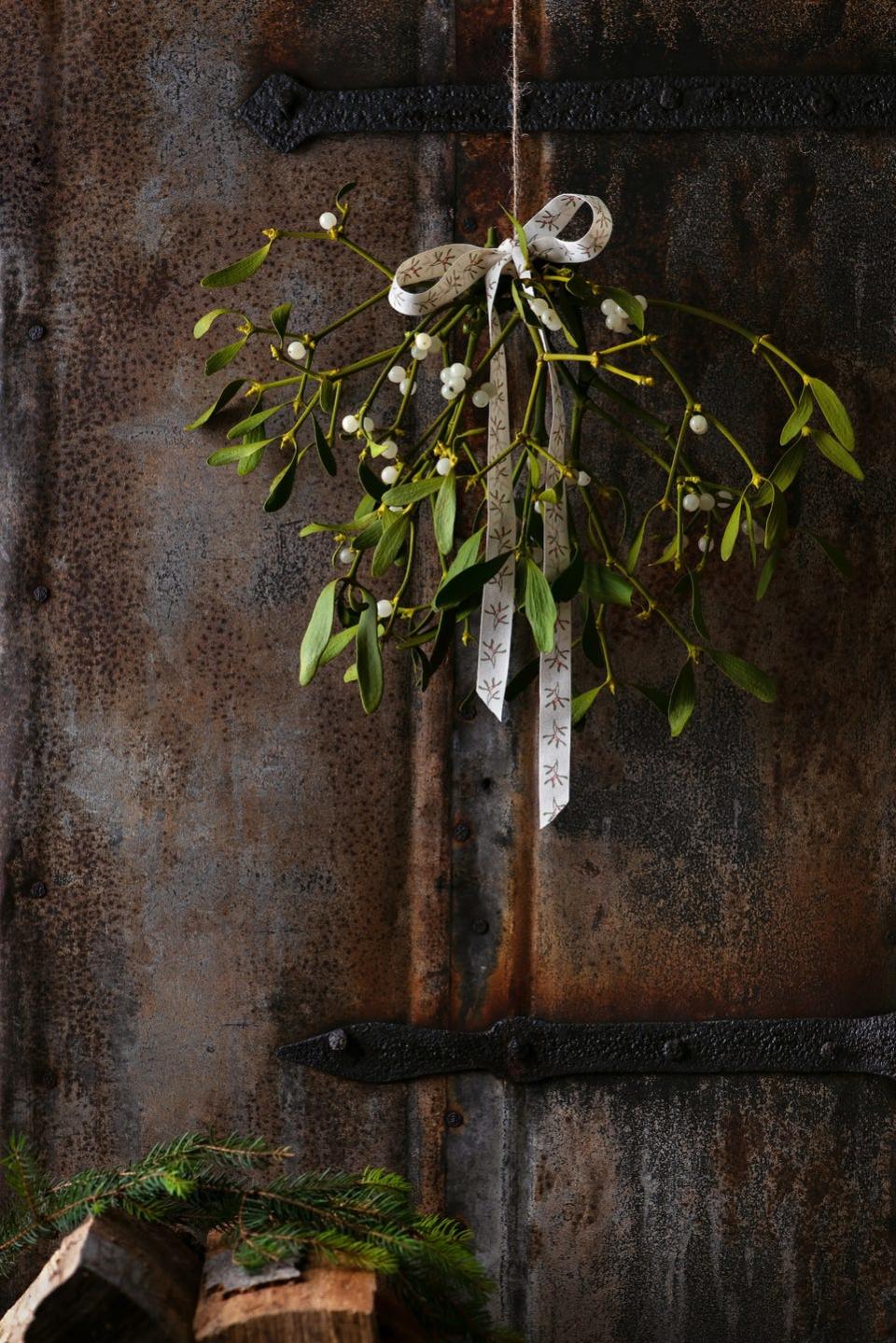
Christmas jumpers
Despite having origins in Scandinavia, Brits have adopted the Christmas jumper as their own. Above and beyond being a practical way to stay warm and cosy over the colder weather, they’re a great way to spread some Christmas cheer in the lead up to the big day itself, with many even donning one for charity.
So, whether you have one that you bring out every year or you like to pick up one up at the charity shop and donate it again thereafter, there are lots of fun patterns, designs and colours to choose from.
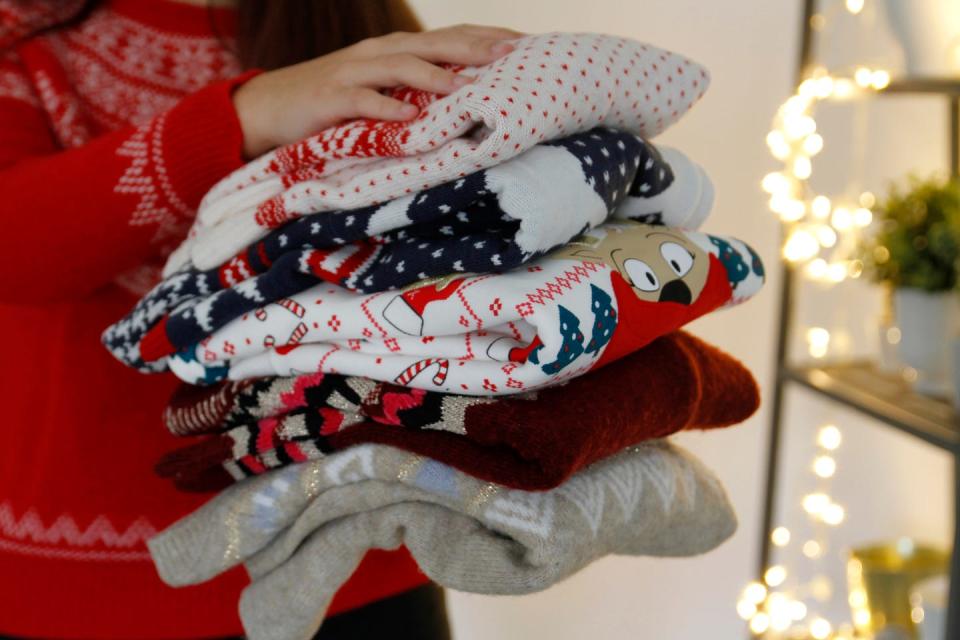
Christmas pudding
Made from currants, raisins, prunes, breadcrumbs, spices and eggs, the humble Christmas pudding has a tradition all of its own. Traditionally, a silver coin – a sixpence – was placed in the pudding and it was believed to bring good luck to whoever found it.
It can also be enjoyed with a generous serving of brandy poured on top that can be set alight to add a touch of magic to your Christmas celebrations.
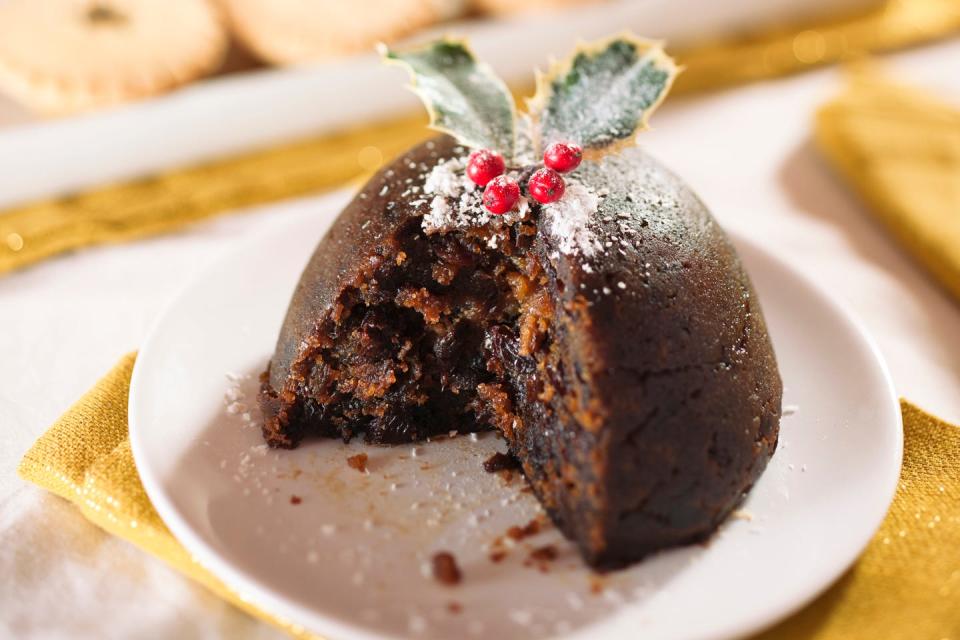
Hanging stockings
While we've hung stockings at the ends of our beds or mantles for as long as we can remember, with the hopes of receiving some treats or stocking fillers, the origin of this is said to relate to Saint Nicholas.
After attempting to discreetly leave bags of gold by a family’s chimney, one accidentally fell into a stocking. And from there the Christmas stocking as we know it came to be.
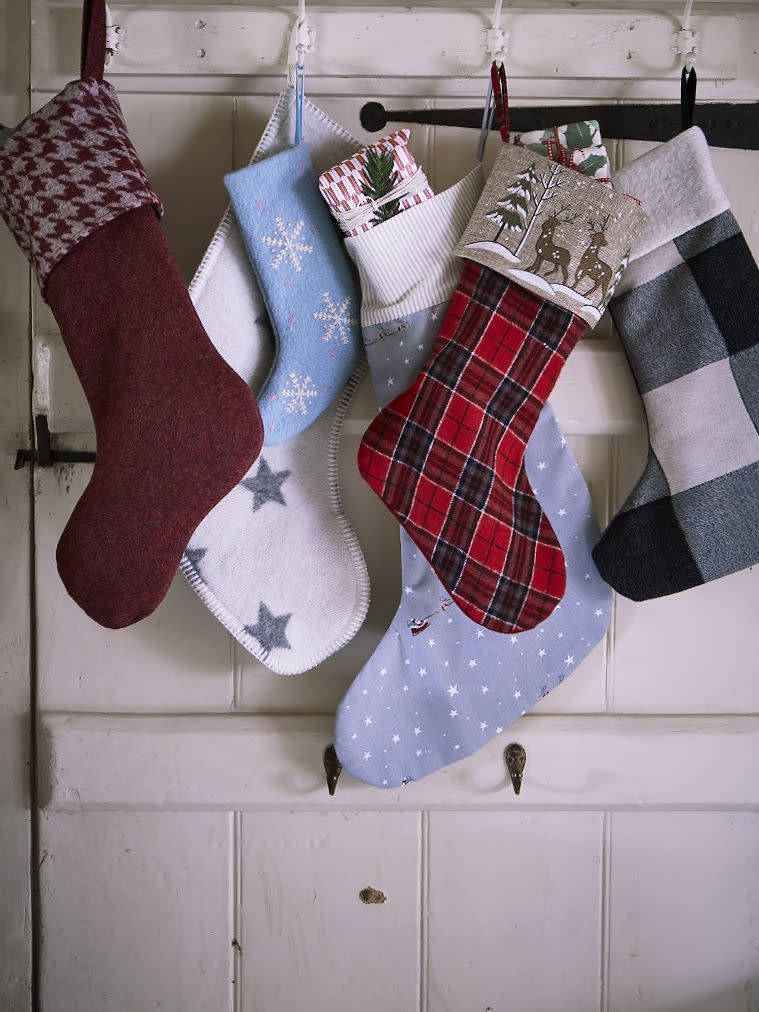
The Queen's/King's Christmas speech
Started by King George V in 1932 when he delivered his first Christmas address over the radio, the Queen's – and now the King's – Christmas speech has been an important part of Christmas Day ever since.
The Queen gave the first televised speech in 1957 and addressed the nation every year until her death in 2022. King Charles has continued the tradition with him making his first official speech last Christmas.
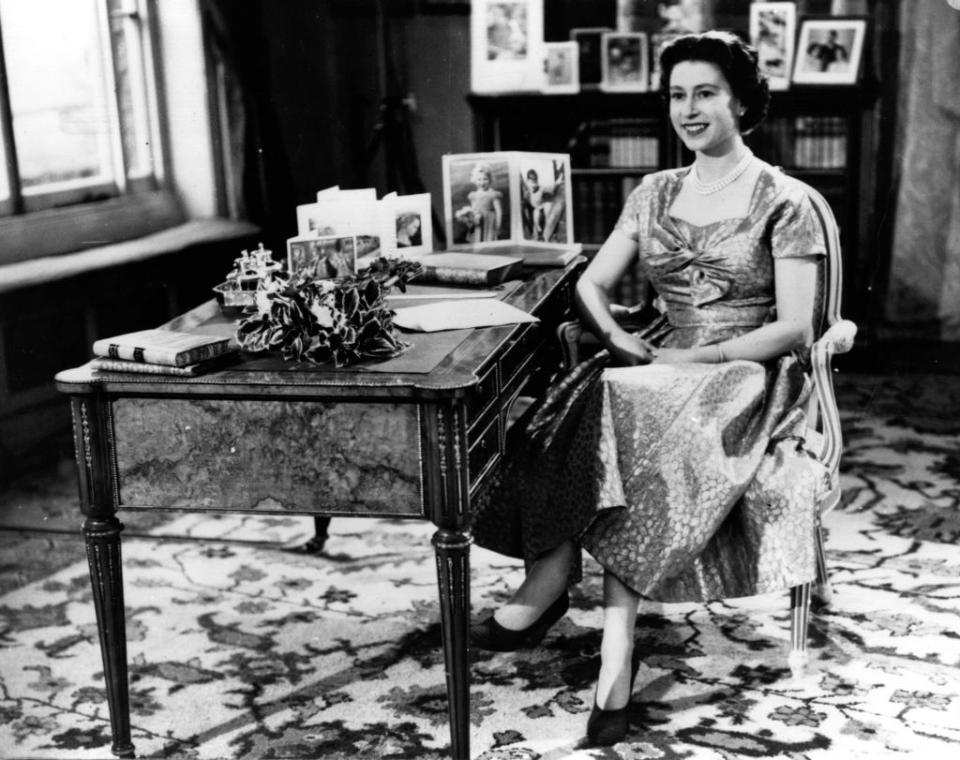
Christmas crackers
One of our favourite parts of Christmas dinner has got to be pulling a cracker or two. And the Christmas cracker dates all the way back to the 1800s, when London sweet maker Tom Smith first added a small saying or riddle inside the wrapper of his sweets.
They didn't initially take off, but when he added a bang and called them ‘Bangs of Expectation!’ the Christmas cracker was born. Now you can typically expect to receive a joke, a paper party hat and a little gift of some kind. But there are also Christmas crackers including everything from mini bottles of liquor to beauty products.
READ MORE: 12 eco-friendly Christmas crackers for your festive table
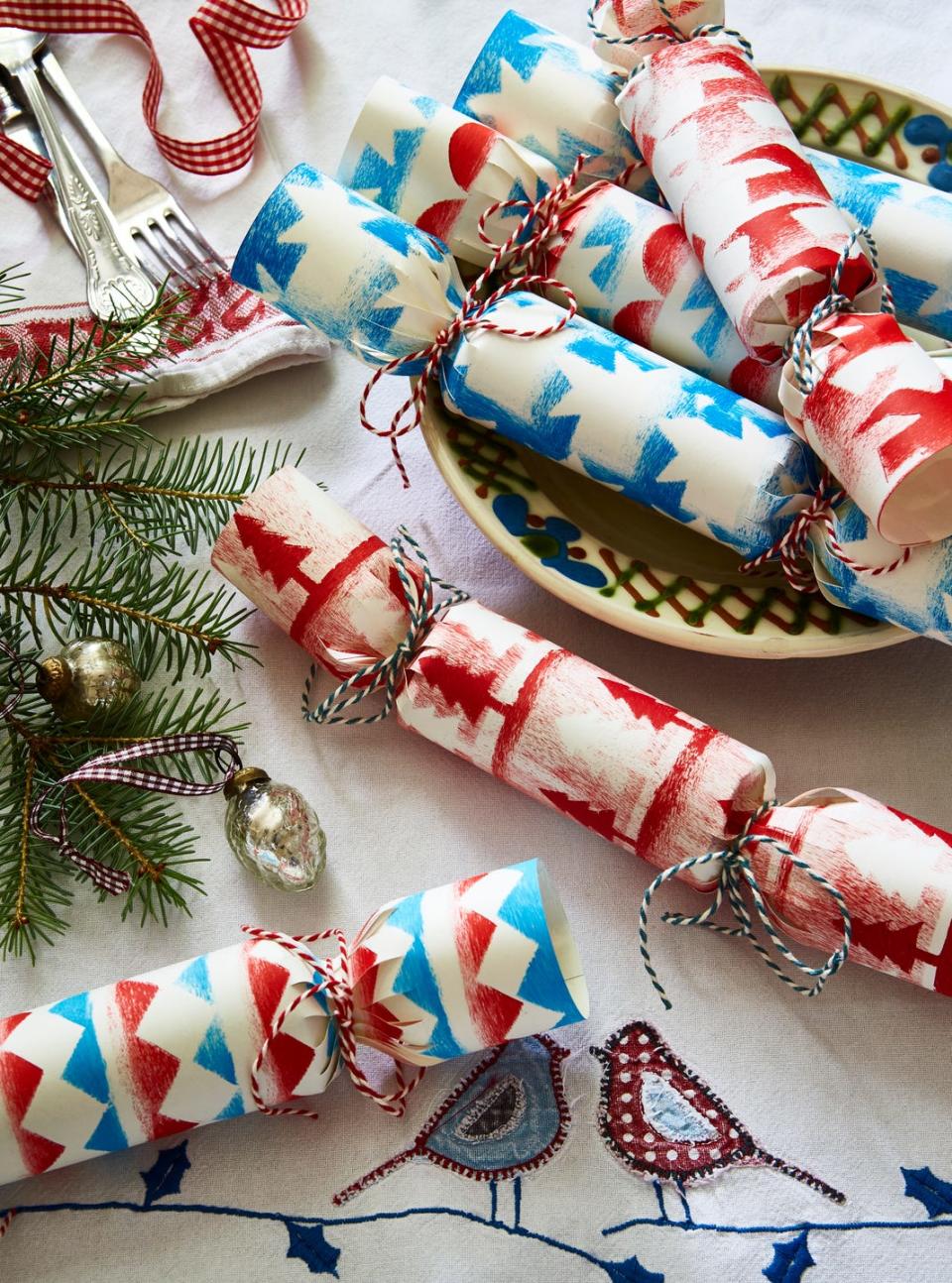
Carol singing
It's thought that singing carols to celebrate the birth of Christ dates all the way back to the fourth and fifth centuries, with Saint Francis of Assisi incorporating more upbeat hymns in the twelfth century.
Carollers may not go door to door as much as they used to but you'll no doubt see carol singers at your local shopping centre collecting for charity. While church services will also partake in the tradition in the run-up to December 25th.
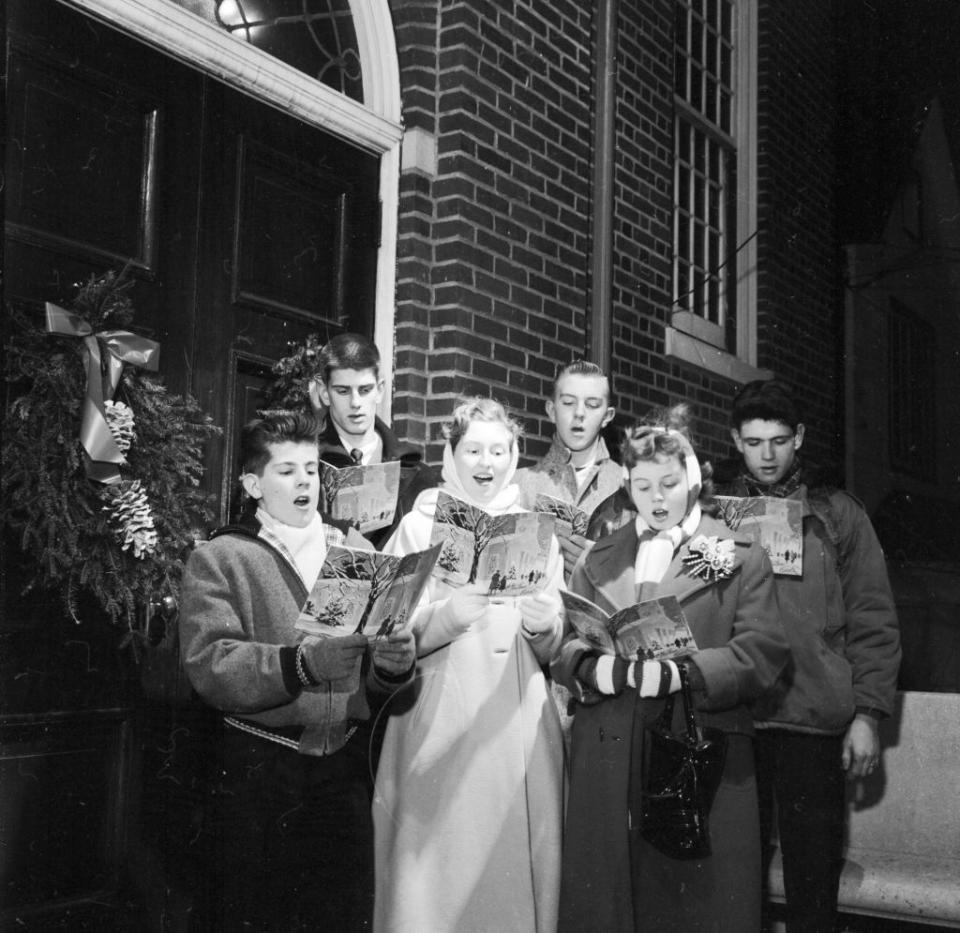
Turkey for Christmas dinner
It's thought that King Henry VIII was the first to tuck into turkey on Christmas Day. However, turkey truly became popular in the Victorian era, with Charles Dickens’s A Christmas Carol making it more mainstream.
Before turkey was the protein of choice, British people would often eat geese, beef, or even rabbit instead.
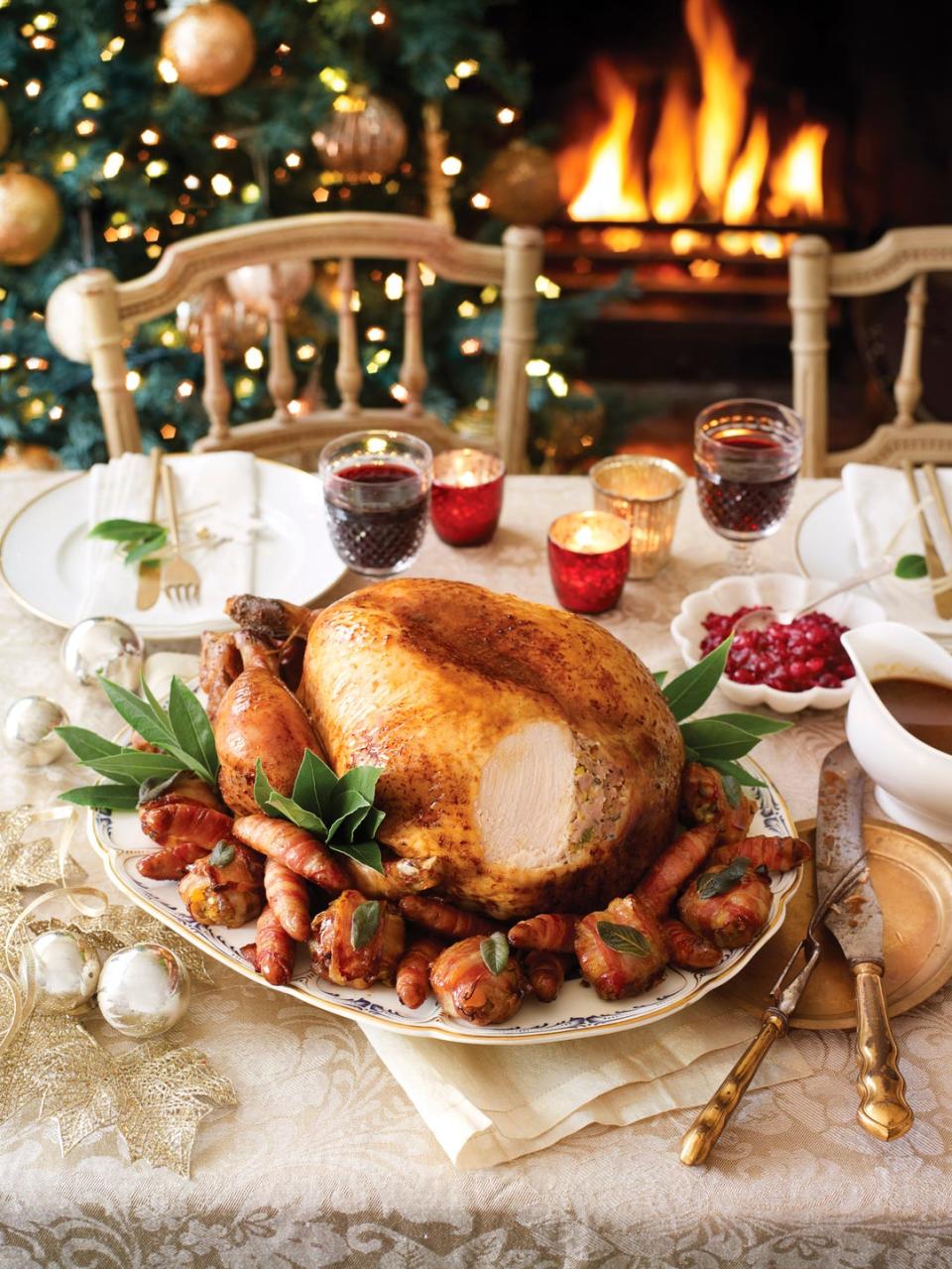
Brussels sprouts
Speaking of Christmas dinner, whether you love them or hate them, Brussels sprouts have become synonymous with British Christmastime. It’s probably not a coincidence that sprouts first became popular towards the end of the 18th century, which is around the same time that the concept of Christmas Day as we know it came to be.
Since they tend to thrive over the winter months, here in Britain, they quickly became a staple on Christmas dinner plates up and down the country.
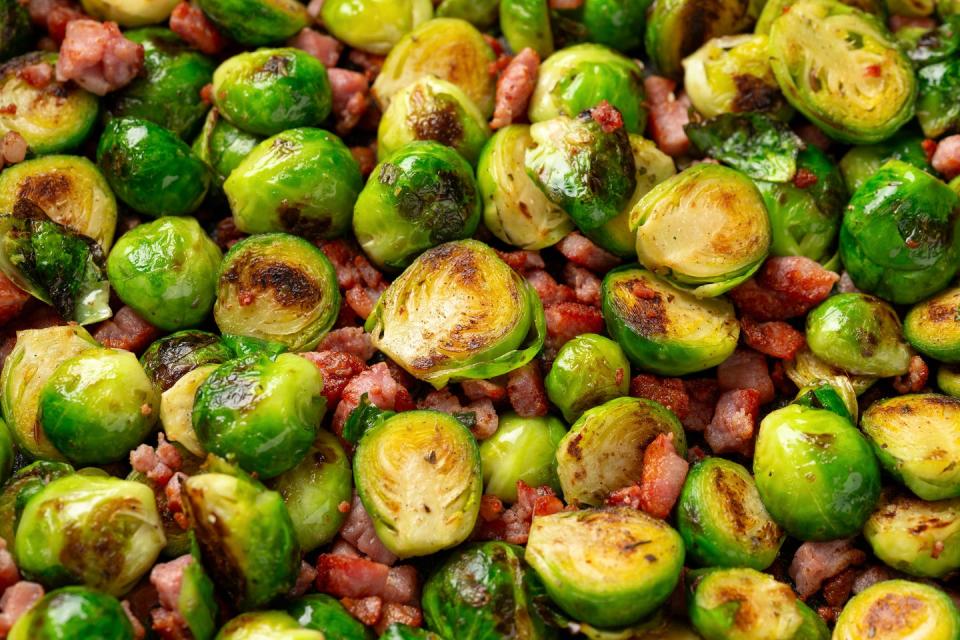
Mince pies
Another festive favourite, many will be looking forward to a tasty mince pie – or several – this Christmas.
While we're used to them including a mixture of dried fruits and spices, known as mincemeat, back in the Middle Ages, they were originally filled with actual minced meat, chopped fruit and a preserving liquid. Thankfully for those of us with a sweet tooth, things have since changed.
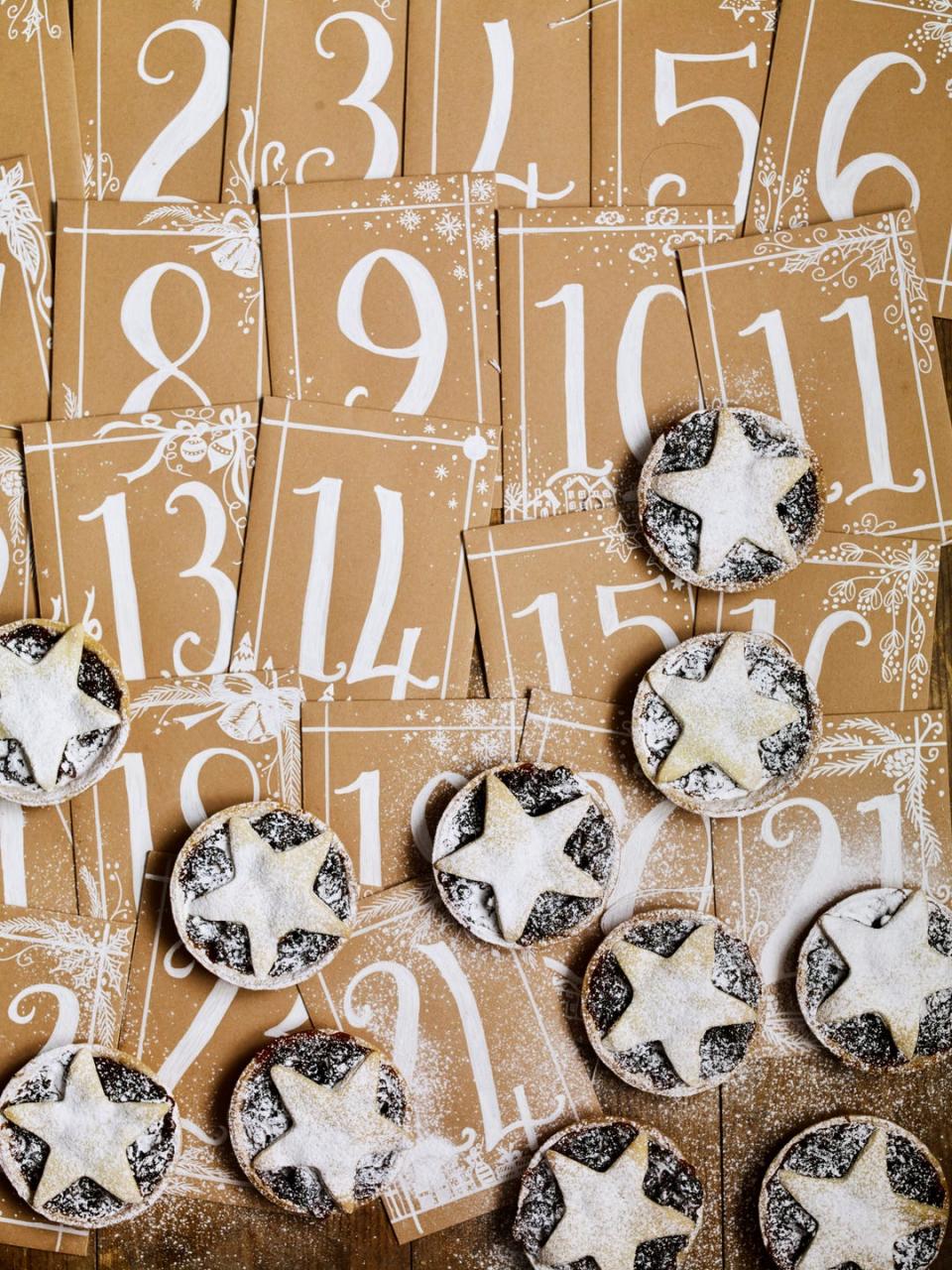
Christmas TV specials
And if there’s something else we look forward to each and every year, it’s the Christmas TV specials.
With special episodes of some of our favourite TV shows, this year we’ve got Gavin & Stacey, Call The Midwife, Outnumbered, Doctor Who, Beyond Paradise, as well as the annual Strictly Come Dancing festive specials to look forward to.

Christmas markets
Dresden’s Striezelmarkt in Germany is often thought to be the very first Christmas market that was held all the way back in 1414. But since then a trip to the Christmas markets has become a staple Christmas activity for us and many others across the UK.
Many even travel from all over to visit Edinburgh, Bath, Birmingham and London's Christmas markets.
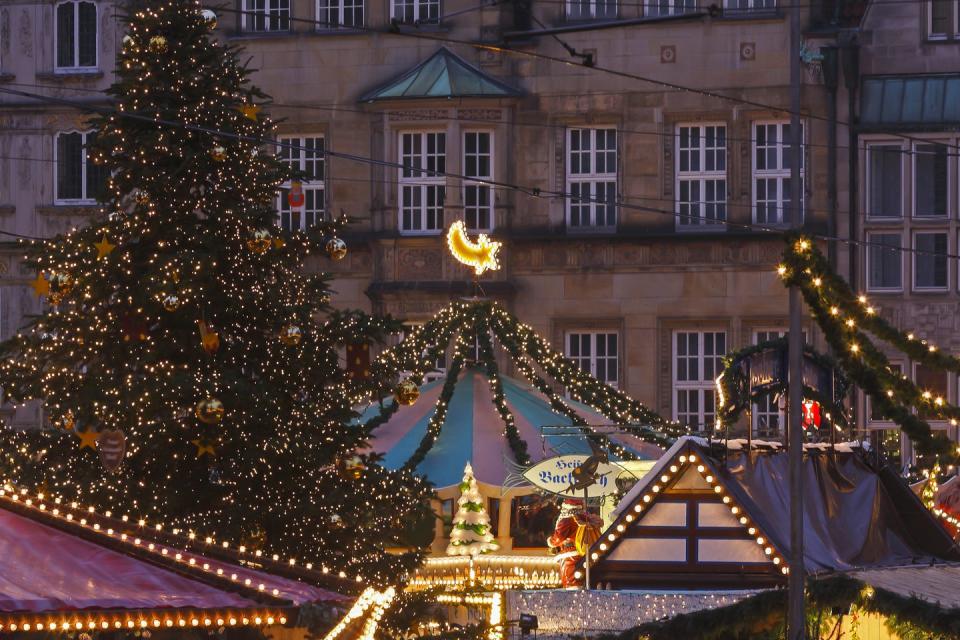
Mulled wine
While mulled wine dates all the way back to the second century, when the Romans conquered Europe, the warming drink first became associated with Christmas in the 1890s.
Whether you decide to buy it ready-made or make your own, it is perfect for welcoming guests over the festive period.
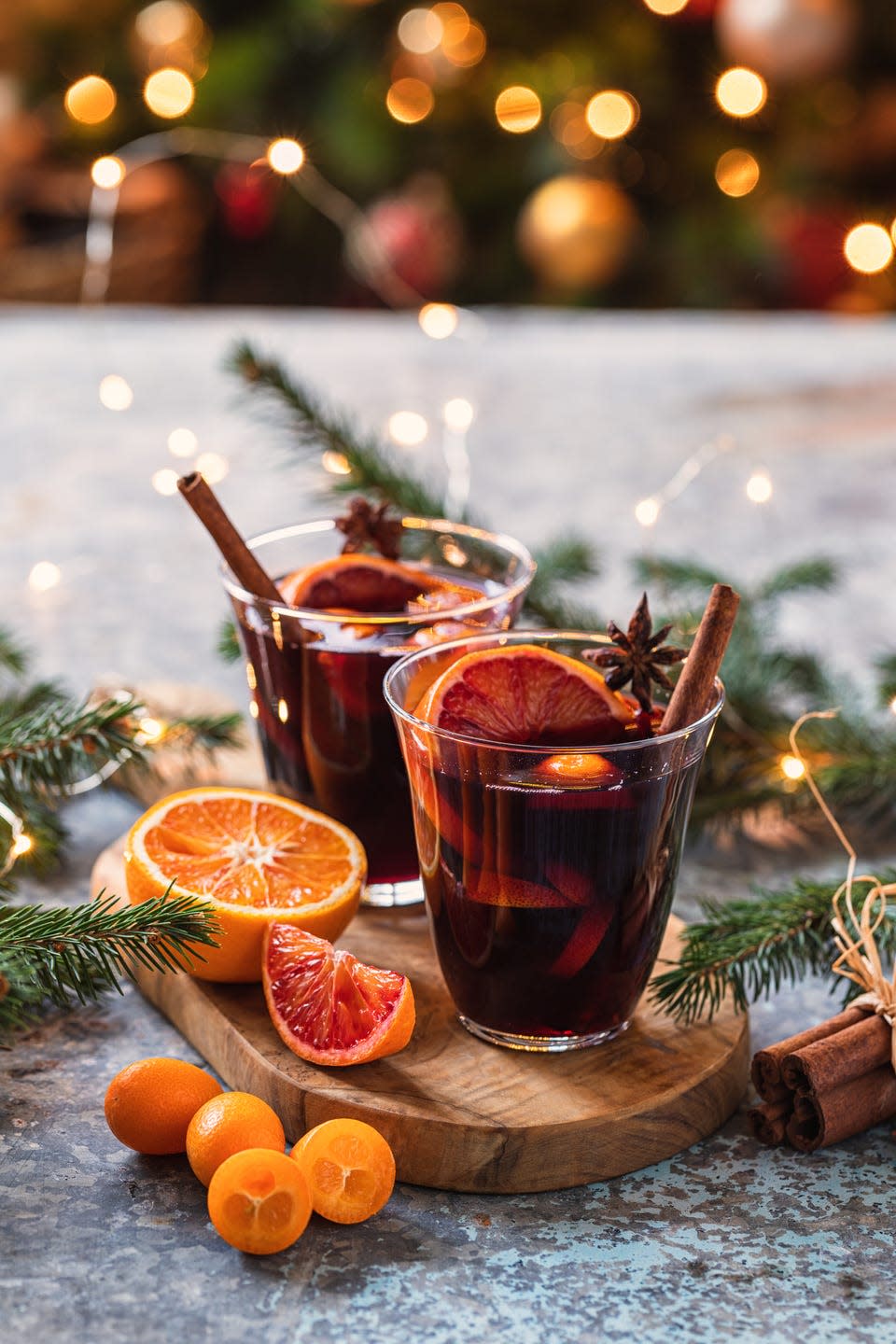
Christmas day swim
Despite the often freezing temperatures, thousands take to the water on Christmas day to have a dip in the sea, with some even donning Santa hats and fancy dress or raising money for charity as they do so.
Widely regarded as England’s longest established Christmas swim, Brighton Swimming Club‘s annual event began in 1860. But there are plenty of spots up and down the country to get involved, if you fancy making it your new Christmas tradition.

Boxing Day
Boxing Day (26th December) got its name from 'boxing up' unwanted gifts to donate to those less fortunate on the day after Christmas.
Boxing Day was also typically a day off for the servants of the house, with them receiving a special box of gifts from their employers.
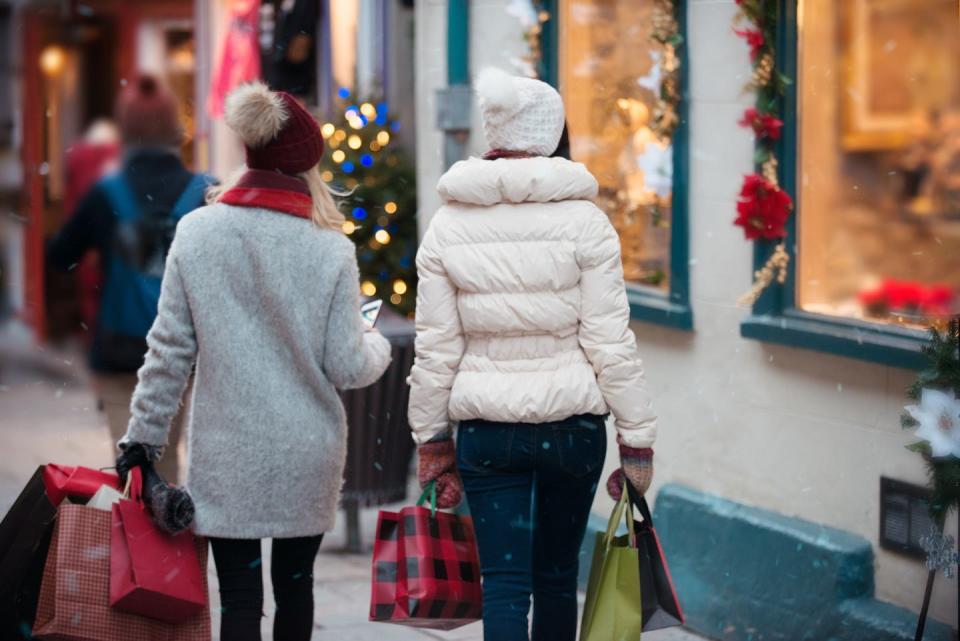
Boxing Day walk
Speaking of Boxing Day, the Boxing Day walk is one of our favourite walks of the entire year. A time honoured-tradition of families up and down the UK, it's the perfect excuse to get outside for a bit of fresh air and is a great alternative if you don't fancy dashing around the shops.
READ MORE: 10 of the best boxing day walks in the UK

You Might Also Like

